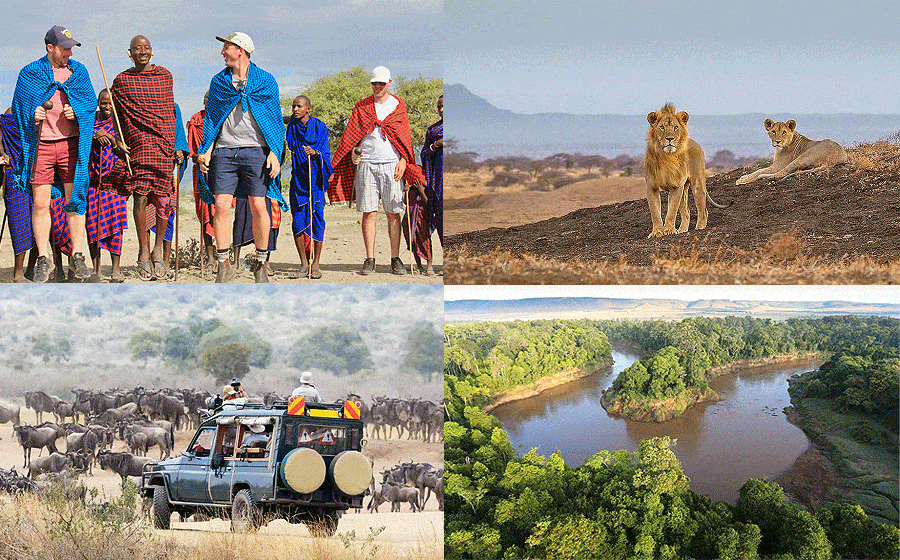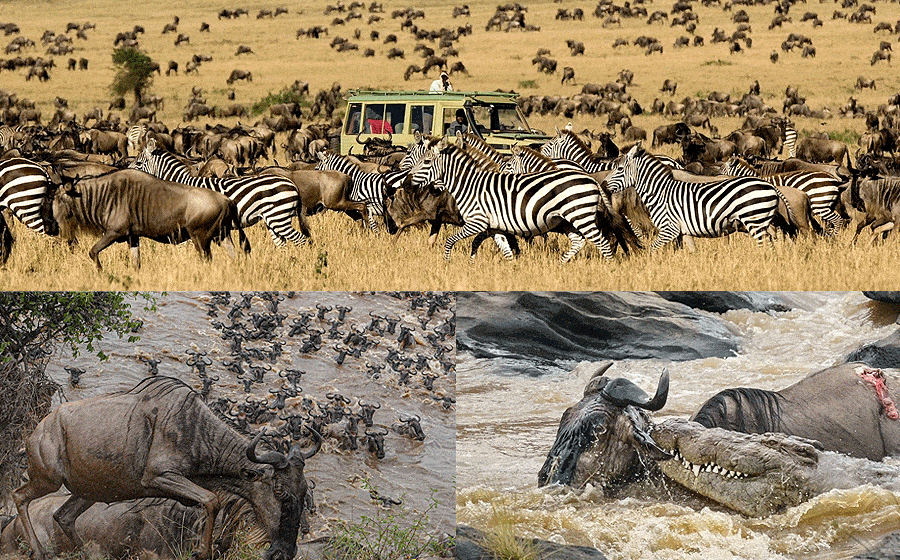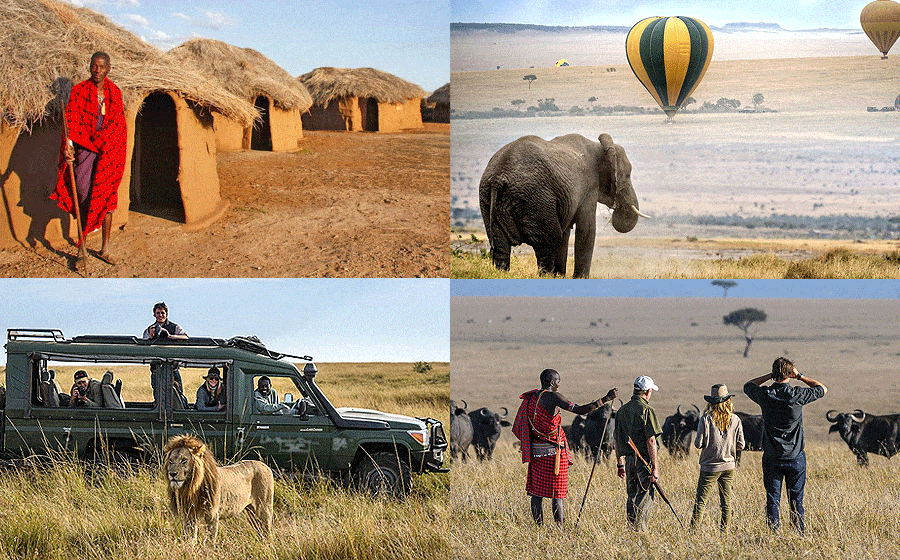Conservation efforts in Africa’s iconic wildlife regions such as the Maasai Mara in Kenya and Zakouma National Park in Chad are deeply enriched by the expertise of wildlife tracking guides. These guides not only facilitate unforgettable safari experiences but also play a crucial role in ecological monitoring and species protection. Their knowledge, blending indigenous tracking skills with modern technology, highlights the importance of observing phenomena like the Great Migration, birdwatching, and tracking rare species such as Black-crowned Cranes and lions. This fusion of adventure and ecological insight is vital for sustaining biodiversity and fostering conservation awareness.
The Role of Expert Guides in Wildlife Tracking
In the Maasai Mara, indigenous Maasai trackers possess an intricate understanding of animal behavior and ecological patterns developed over centuries. Their skills include reading animal tracks, interpreting vocalizations, following scent trails, and predicting animal movements based on seasonal and environmental cues. These traditional techniques allow them to locate elusive species and understand predator-prey dynamics with a precision that modern technology alone cannot replicate. For example, by analyzing footprints, droppings, and disturbed vegetation, Maasai trackers can determine the species, direction, and even the age of an animal. They also interpret alarm calls from birds and herbivores to anticipate predator presence, enhancing both conservation and visitor safety.

Similarly, in Zakouma National Park, tracking is enhanced by a combination of indigenous knowledge and advanced technology such as GPS collars and aerial monitoring. Zakouma’s management uses satellite collars on flagship species like elephants to monitor their movements in real time, enabling rapid anti-poaching responses. This technological approach has contributed to a significant reduction in poaching incidents since 2011. Rangers equipped with radios and supported by aerial surveillance patrol the park, protecting a diverse array of species including lions, giraffes, and rhinos.
Observing the Great Migration: A Conservation Marvel
One of the most celebrated wildlife events in the Maasai Mara is the Great Migration, where over two million wildebeest, zebra, and other herbivores journey from the Serengeti in Tanzania to the lush grasses of the Mara. This annual migration is not only a spectacular natural phenomenon but also a critical ecological process that sustains predator populations and maintains grassland health. Expert guides use their tracking skills to follow the herds and interpret the subtle signs of their movements, such as fresh tracks and changes in predator behavior, providing visitors with a dynamic and educational safari experience. The migration also serves as a living classroom for understanding ecosystem interdependence and the challenges posed by climate change and human encroachment.
Birdwatching and Tracking Rare Species in Zakouma
Zakouma National Park is a birdwatcher’s paradise, home to nearly 400 bird species, including the rare Black-crowned Crane. Recent surveys have revealed Zakouma as one of the most important strongholds for this vulnerable species, with counts exceeding previous estimates and indicating a thriving population. The park’s guides and researchers conduct detailed counts and plan to deploy satellite trackers on cranes to better understand their seasonal movements and breeding habits. Birdwatching here is not only about observing diversity but also about contributing to conservation science by monitoring species that are indicators of ecosystem health.

Tracking Lions: Conservation Success in Maasai Mara
The Maasai Mara’s lion populations benefit from dedicated conservation projects like the Mara Lion Project, which uses GPS collars to monitor prides such as the Ol Kinyei pride. This tracking data helps researchers understand lion movement patterns, territory use, and threats from human-wildlife conflict. The Ol Kinyei Conservancy, a community-based conservation area, provides a safe haven for lions outside the official reserve boundaries. By leasing land from local Maasai families, the conservancy supports both wildlife protection and community livelihoods. The integration of tracking technology with community engagement exemplifies modern conservation strategies that balance ecological and socio-economic goals.
Ecological Insights Enriching the Wildlife Adventur
Guides with expertise in wildlife tracking transform safaris into immersive ecological experiences. Their ability to interpret animal behavior, environmental signs, and migration patterns enriches visitors’ understanding of the complex web of life in these ecosystems. Tracking rare and iconic species like lions and Black-crowned Cranes not only enhances the thrill of wildlife viewing but also underscores the importance of ongoing conservation efforts. Moreover, the data collected through tracking informs park management decisions, anti-poaching strategies, and scientific research, creating a feedback loop that benefits both wildlife and local communities.
Conclusion
The expertise of wildlife tracking guides in the Maasai Mara and Zakouma National Park is indispensable for conservation and sustainable tourism. Their deep knowledge, combining indigenous skills and modern technology, enables the protection of critical species and ecosystems while offering visitors profound ecological insights. Observing the Great Migration, engaging in birdwatching, and tracking rare species like Black-crowned Cranes and lions are not just adventures; they are vital components of a broader conservation narrative that ensures these natural wonders endure for generations to come.
This synergy of tradition, technology, and conservation exemplifies how expert guides contribute to safeguarding Africa’s wildlife heritage and inspiring global appreciation for biodiversity.

